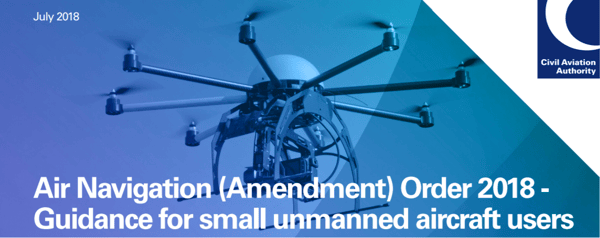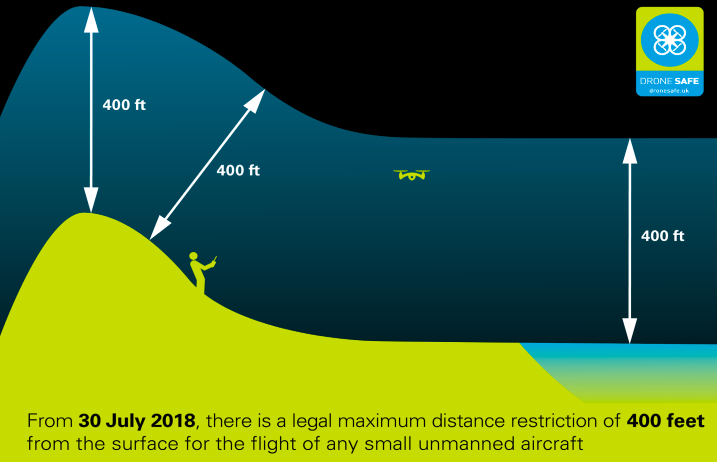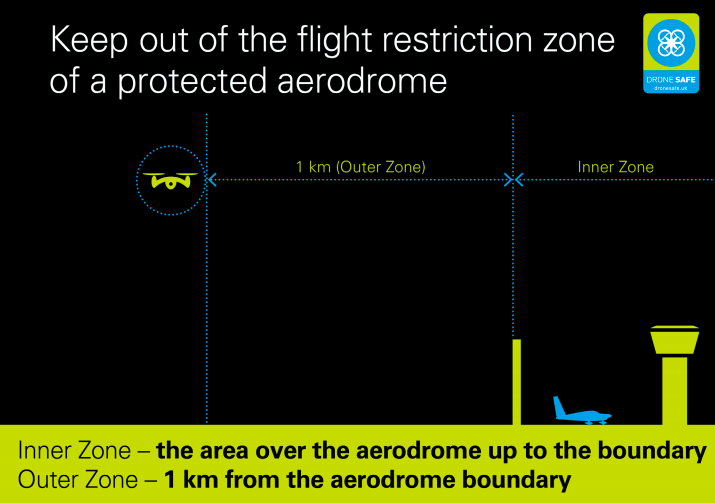As of the 30th July 2018 the CAA enforced new legislation through an amendment to the Air Navigation Order (ANO) for the operation of small unmanned aircraft.
The amendment was published as Statutory Instrument (SI) 2018 No. 623, entitled ‘The Air Navigation (Amendment) Order 2018’. Some articles (parts) of the amendment came into force on 30 July 2018, but others won’t be coming into force until 30 November 2019.
As a commercial drone operator its important that you are abiding by the new legislation and that this is effective in your operations manual. We'll take you through the new changes.
Structure of the amendment
The SI is structured in the form of a series of textual changes that need to be made to the original ANO document (the CAP 393). While the amendment has introduced some ‘completely new’ articles in which the full text is given, the meaning of many of the other changes cannot be fully understood by reading the SI on its own.
By way of assistance, a consolidated version of the ANO articles that have been affected by this amendment can be found at Annex A of CAP 1687.

Although the SI document consists of eight pages of text, the areas covered by the amendment are relatively few and can be summarised as:
Effective from 30 July 2018
• A 400 ft operating height limitation for all small unmanned aircraft
• A new limitation on the closest distance that small unmanned aircraft weighing 7kg or less may be flown near specific types of aerodrome
• Changes to terminology with the introduction of the terms ‘remote pilot’ and ‘SUA operator’ in place of the previously-used term ‘person in charge'
• Minor corrections to the ANO 2016 to provide clarification or to correct previous errors
Effective from 30 November 2019
• A requirement for the registration of SUA operators
• A requirement for the competency of remote pilots to be tested
What does this mean?
The 400 ft operating limit now applies to all small unmanned aircraft, regardless of weight and if you have a PfCO or not.

This new article imposes restrictions on the flight of all small unmanned aircraft within the immediate vicinity of aerodromes that have been given the term ‘protected aerodromes’.
A ‘protected aerodrome’ is an aerodrome that has an Aerodrome Traffic Zone (ATZ) established around it and so it is already recognised in aviation circles as an aircraft operating location that warrants some additional safeguarding.
A protected aerodrome can be one of the following:
- An EASA certified aerodrome (Airport)
- A government aerodrome (Military Airfield)
- A national licensed aerodrome (i.e. smaller ‘General Aviation’ airfields, where the CAA has issued a licence to the airfield operator)
The new restrictions mean that you must not fly a small unmanned aircraft closer than 1km from the boundary of a protected aerodrome without first gaining permission.
The airspace around a protected aerodrome is now known as the ‘flight restriction zone’ and is divided into two separate zones:
- The ‘Inner Zone’ consists of the area over the aerodrome and up to the aerodrome boundary
- The ‘Outer Zone’ which is a ring of airspace outside the aerodrome between the Inner Zone and a line that is 1 km from the aerodrome boundary.

What do I change in my Operations Manual?
You'll need to update Articles 94 and 95 as per CAP 1687 (see Annex A).
Reference to PiC will need to be changed to SUA Operator or Remote Pilot (where applicable).
Clearly state who is the designated SUA Operator (usually the accountable manager) and who is the Remote Pilot. See Article 94G for the CAA's new definition of these two terms.
- If you are a sole trader this is likely to be yourself for both, however, you still need to clearly state this.
When updating your operations manual please ensure that your amendment log and version number/date have also been updated.
Any NQE recommendations which have been granted by an NQE prior to 30/07/18, will not be affected by the Air Navigation Order amendments.
It's also worth noting that CAP 722 is currently being revised to accommodate these changes and to provide updated CAA policy and guidance to the UAS community. This will be communicated through SkyWise and the CAA website. Keep an eye on this, as it will likely require another Ops Manual update.
Changes to the PfCO
The standard Permission For Commercial Operations (PFCO) has been amended as follows from 30/07/18:
- The classes have been reduced from 4 to 2, i.e. 0-20Kg Multirotor and 0-20Kg Fixed Wing.
- The standard permission now also permits operations in congested areas down to 50m for all UAS 20Kg or less.
- Flights at night will be automatically granted provided a procedure for this has been established in the OPS Manual. Procedures covering night operations must also be incorporated into your Ops Manual for renewal applications.
- Current permissions will be grandfathered until an application is submitted to the CAA. However in the interim current Permission holders will need to use CAP 1687 to update their procedures accordingly to meet the new requirements.
This will simplify the application process for applicants and grant additional privileges that would otherwise have been classed as a variation to the permissions. It will also help to reduce queries to the CAA and reduce costs to industry for variations to standard permissions. The current OSC process remains unchanged.
Conclusion
Your go to document is the CAP 1687 for all changes to your Ops Manual and make sure your amendment log and version number/date have also been updated.
If you currently hold a PfCO, you hold grandfather rights with your current permissions, and these will update to the new permissions when you come around to renewing your PfCO. However, you still need to update your Ops Manual to reflect the amendment to the ANO and update your procedures accordingly.
From 30th November 2019, the CAA will have introduced a registration system for all SUA Operators with aircraft over 250g and all SUA Operators will require a competency test. The CAA does not have this currently in place, but it will be enforced from 30/11/2019.




